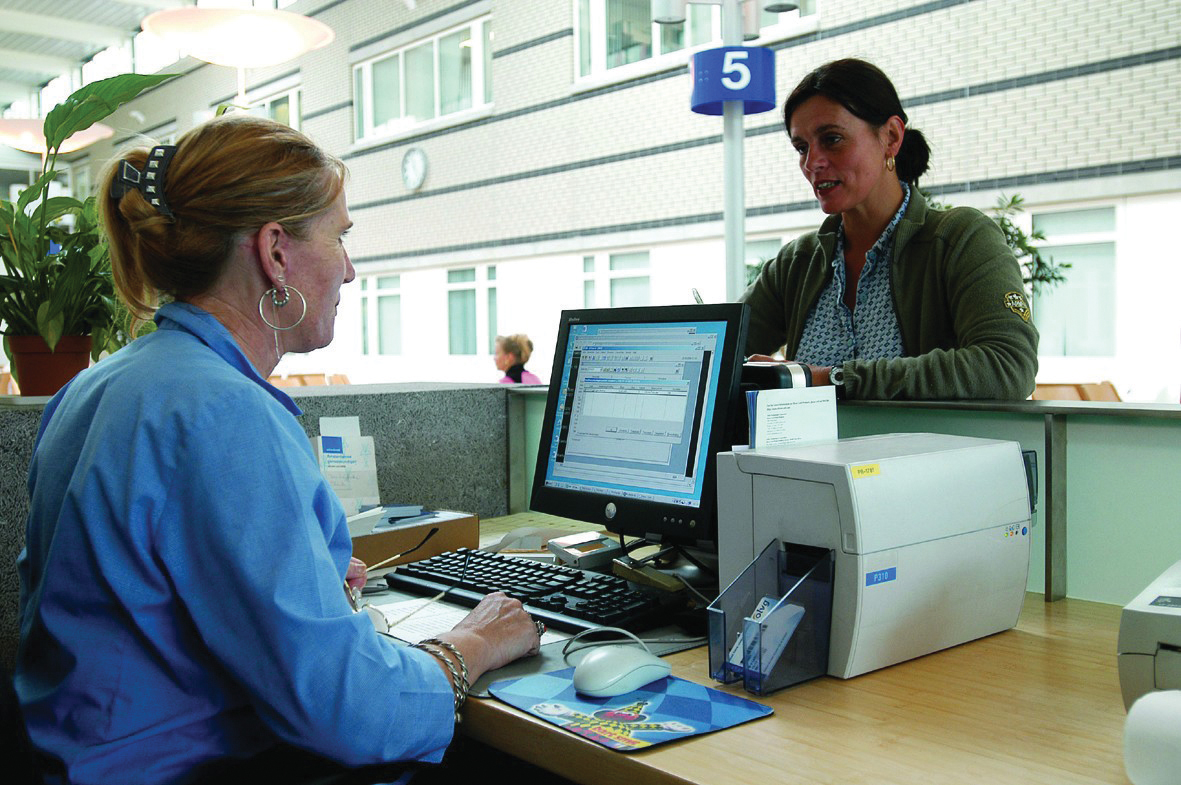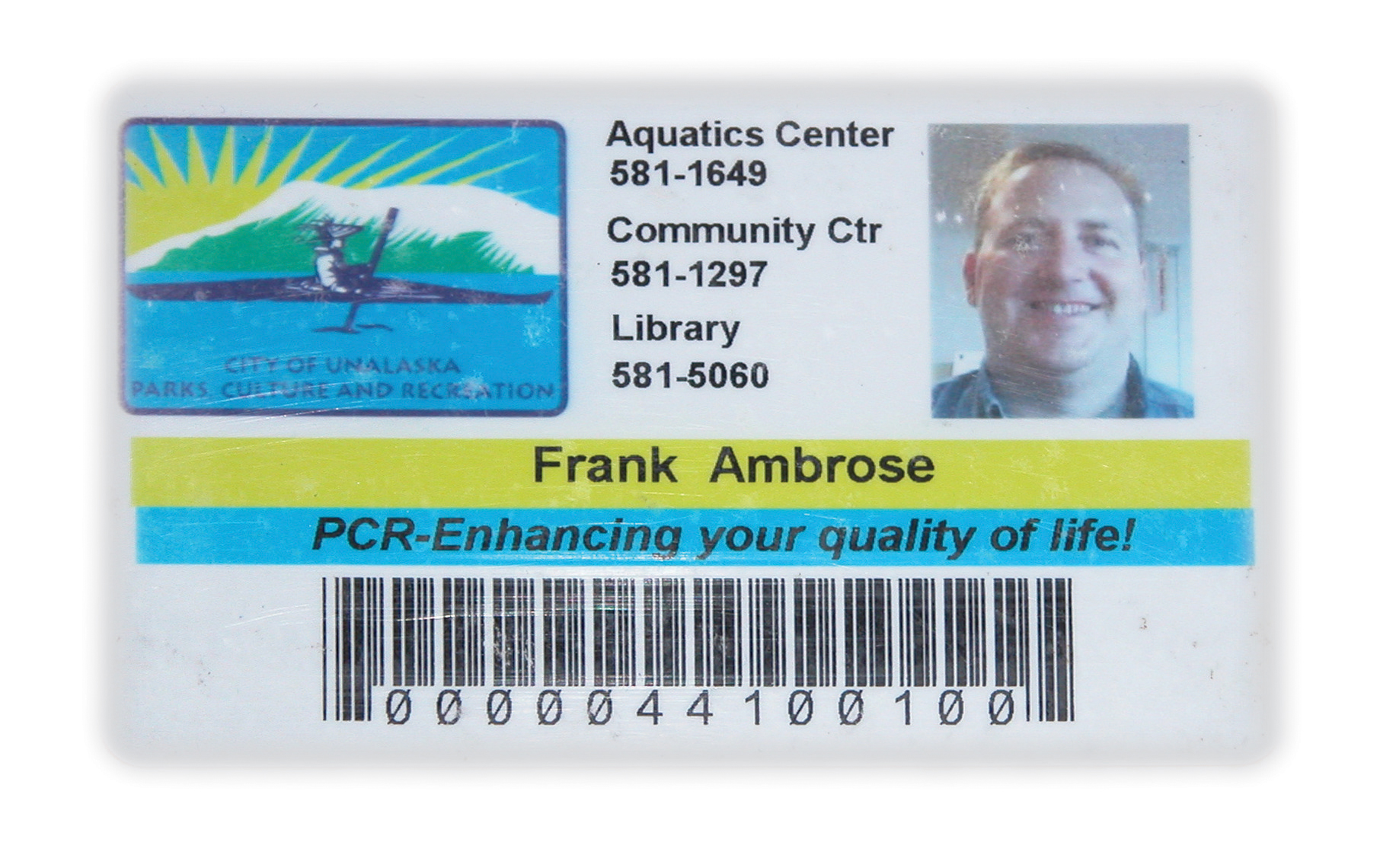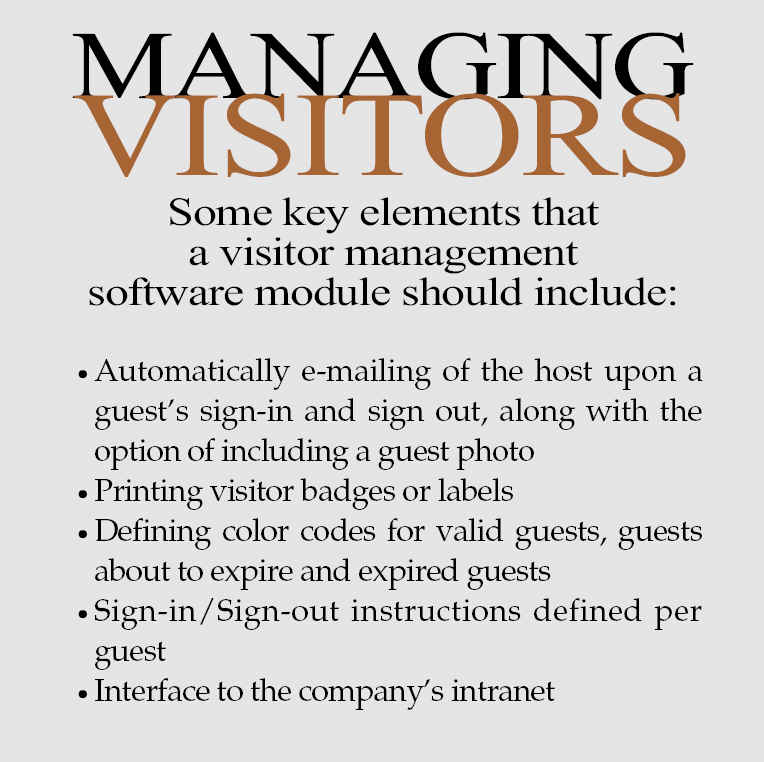By Andy Geremia

Over the past several years, companies have done a good job of credentialing employees and verifying and tracking access. Unfortunately, in many cases the visitor has been overlooked. That doesn¡¯t make much sense, especially when one realizes that most major security management systems used to track employee access, also have sophisticated visitor management system. Indeed, visitors can be managed¡¦and managed with little additional investment.
With visitor management system that is integrated with badging and access control systems, companies can effectively institute rules for visitor oversight. Operators can assign access control privileges to authorized guests and verify that guests are tracked to a particular location. No longer must they use manual system or, paper-based visitor logs. Now users can track visitors, schedule their activities and maintain a database for reporting purposes. With these capabilities readily available, one could argue that even small organizations should at least create the same type of control for their visitors that they do with their employees.
Another important aspect of visitor management is the ability to maintain a list of people who are not allowed into a facility, whether for security, guardianship/custodial rights, personnel restrictions or other reasons, including those of national security.
The visitor management system can require a photo and/or signature from the guest and the company can compare these items to stored information. Such verification is becoming more important for legal reasons as well as security concerns. For instance, a visitor management system can help a company doing business in the United States to further comply with HSPD-12 and the Sarbanes-Oxley Act (SOX).
With the inception of HSPD-12, the convergence of logical and physical access control is becoming mandatory. It requires a common identification credential for all federal government employees and contractors that will be used for both physical access to federally controlled facilities and logical access to information systems. Meanwhile, SOX insists that Chief Information Officers (CIO) are responsible for the security, accuracy and the reliability of the systems that manage and report the financial data.
Many companies have to meet the expectations of custom¡¯s officials because of possible exposure to embargoed states. With visitor management, all visitors can be screened against a banned parties list, a required compliance in many nations. From tracking visitors to remote Islands to avoiding security breaches at government installations around the globe, a visitor management solution is key to a security access control program.

Card printer at visitor center at Dutch Hospital (Photo by Zebra Card Printer Solutions)
SOFT BENEFITS
While visitor management systems provide hard benefits of improved security, it can also yield soft benefits, especially to visitors, reflecting a positive image on the company¡¯s behalf. Check-in can be much faster. The systems can automatically send an email to the visitor¡¯s host, including photo if desired or required, upon arrival or departure. The system can print on-the-spot labels, photo IDs or generic visitors badges. Systems can even define color codes for the badges, based on the visitor¡¯s status.
When the organization expects a large group of visitors, they can preload their names and information and have the badges waiting for them when they arrive. This streamlines movement in and out of the lobby. Groups can be expedited through the lobby. This can be seen as a customer service tool -- visitors that are not kept waiting translate to happy customers.

Visitor badge (Photo by Zebra Card Printer Solutions)
KEY ELEMENTS
First of all, the visitor management software should integrate fully with the organization¡¯s security management system. Most major enterprise software systems include a visitor management module. Some key elements that a visitor management software module should include:
¡Ü Automatically e-mailing of the host upon a guest¡¯s sign-in and sign out, along with the option of including a guest photo
¡Ü Printing visitor badges or labels
¡Ü Defining color codes for valid guests, guests about to expire and expired guests
¡Ü Sign-in/Sign-out instructions defined per guest
¡Ü Interface to the company¡¯s intranet
Hardware elements can include a camera, electronic signature pad, scanshell driver¡¯s license/business card scanner and card printer.
Camera
Although any type of digital camera can actually be used, most organizations find better success with a USB interface live video camera with high quality resolution, high intensity photoflash and a zoom lens. These types of cameras provide real-time subject set-up and scene adjustments and a photoflash that is synchronized with the security management system software control. Such a camera will provide more brilliant images to be printed on plastic cards or adhesive tables.
Electronic Signature Pad
In many higher security visitor management systems, one wants to create a layered access authentication. Verifying the person¡¯s signature, in addition to checking the photo ID, is a way of doing so. Using active electromagnetic sensors connected through the USB port with active energized pens, these compact, portable pads fit on any reception desk, office or in the field to provide high quality electronic signatures, which can be matched with signatures already in the database. Be sure that the pad is "E-sign" compliant for signatures, software, encryption, compression and authentication.
Scanners
The driver¡¯s license/business card scanner should be easy to use and quickly provide the user with an image of the ID card and relevant text information in the appropriate data fields. These scanners have compact footprints so that they will comfortably fit at any reception desk or office. The unit should let receptionists chain-feed items, while image processing is done automatically in the background. Scan times should average approximately 3 seconds per card.
Scanners importantly reduce human error by automating the archiving process. To avoid an additional power supply, assure that the scanner connects to the USB port. The chosen scanner should be able to scan photographs, business cards, ID cards, plastic credit cards with embossed letters and, of course, driver¡¯ licenses.
Card Printer
Users want to assure that the thermal transfer printer actually prints high-resolution images printed on cards and/or labels. Make sure it prints crisp texts, logos, pictures, signatures and even barcodes in just seconds. Also, verify that it is durable as these printers typically get rough treatment from receptionists.
INCREASED SECURITY, INCREASED CONVENIENCE
As a result of deploying a visitor management system, the organization can provide faster check-ins of guests since employees can host visitors based on their own access privileges. Organizations can additionally assign access privileges to visitors based on who they are and whom they are seeing. Security guards can even issue passes on a case-by-case basis.
With a visitor management system, companies now provide the same access control to guests that they do to employees in an easy-to-use, automated manner, thereby increasing security and convenience for all.

Andy Geremia is Marketing Manager of Schlage electronic security, Ingersoll Rand Security Technologies (http://www.schlage.com/).
For more information, please send your e-mails to swm@infothe.com.
¨Ï2007 www.SecurityWorldMag.com. All rights reserved. |



